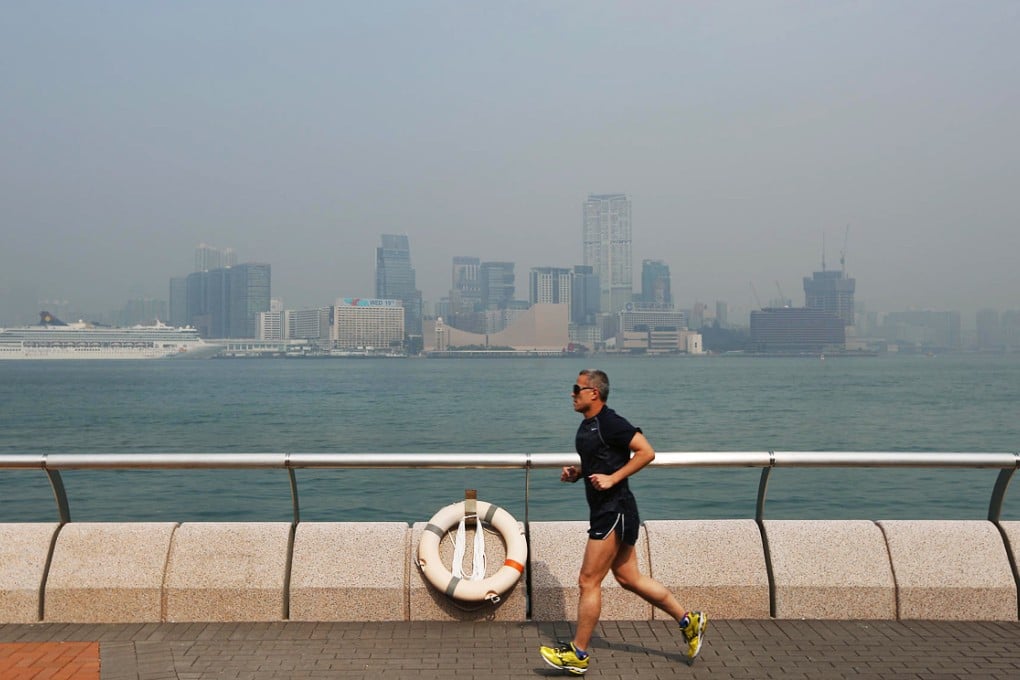Pollution sensors to line Hong Kong marathon route
Government and universities team up to install monitors and give runners instant access to data

The Environmental Protection Department and four Hong Kong universities have joined forces to install sensors along the route of Sunday's Standard Chartered Hong Kong Marathon to gauge pollutants throughout the race.
Some 73,000 runners will be racing - just days after the majority of the city's monitoring stations recorded a "serious" level of pollution for the first time this year. It is the highest level in the government's air-pollution index and comes with a warning for the general public to reduce outdoor physical exertion to a minimum as well as the amount of time they spend outdoors, especially in areas with heavy traffic.
Undersecretary for the environment Christine Loh Kung-wai said it was in the public interest to monitor air quality on the day of the race.
"Taking measurements won't change the air pollution levels on the day but it could provide timely information to participants," she told the South China Morning Post. "This will enable us to have a better understanding of air quality along the route."
Loh said the results could persuade organisers to tweak the route in future so that it goes through less polluted areas.
Academics from environment, energy and public health departments from City University, the University of Hong Kong, Chinese University and the University of Science and Technology are involved in the work.